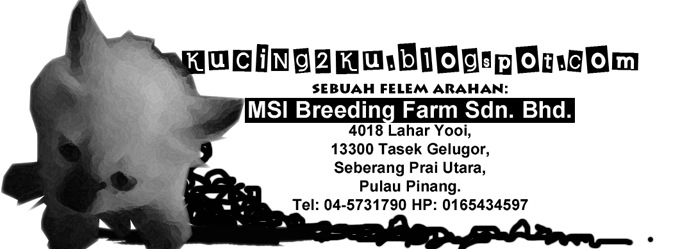A BRIEF HISTORY OF THE LIONHEAD RABBIT


What we do know is that the Lionhead mutation is the first major mutation in rabbits since the early 1900's when Satin fur first appeared in a litter of Havana's. The gene that causes the mane seems to be a dominant mutation which means that only one parent is required to have the "mane gene" to produce more LIONHEADS. In that way it is unlike any of the other fur mutations in rabbits which have all been recessive genes. This also makes the Lionhead Rabbit unlike any of the other "new breeds" of recent years in that it cannot be recreated using other breeds.

Sometime during the early years, the LOP EARED gene was added to the mix, creating the Lop Eared Lionhead. In Europe, both versions of Lionheads - lop eared and erect eared - are currently being bred. In February of 2002 , the British Rabbit Council officialrecognized the erect eared version of the Lionhead Rabbit. When the breed was recognized in England by the British Rabbit Council approved the Lionhead Rabbit in all recognized colors (sixty approved colors) and it is approved in all markedpatterns and their varieties. ,



There are some differences of opinions on exactly where and just how the beautiful LIONHEAD RABBIT originated. Below are two most commonly held theories/opinions.
The first thought is they originated in Belgium in a litter of bunnies that was the result of the crossbreeding of the Swiss Fox and a Belgian Dwarf. Then crosses to a smaller wool type breed was also included in the crossbreeding. Some sources list the Jersey Wooly but its probably the Dwarf Angora (in the USA we have no Dwarf Angora so the name Jersey Wooly was added here) Later the breed was imported into England where continued crossbreeding of small breed rabbits and additional wool breeds were made. This crossbreeding made in Europe and in England created the current EUROPEAN LIONHEAD RABBIT. The another opinion is that it did not originate in Belgium and that the Jersey Wooly had nothing to do with the making of the Lionhead breed. In this opinion it is thought that when European breeders were working on theDwarf Angora the Lionhead mutation occurred in a litter of bunnies and was accidentally spread throughout the Dwarf Angora Breed. This gene did create a problem for the Dwarf Angora breed as it restricted the wool on theback and sides of the rabbit. In Europe a number of attempts were made to set the trait and establish a newbreed often called the Tete De Lion. All these attempts failed except for a small "pet market".
What we do know is that the Lionhead mutation is the first major mutation in rabbits since the early 1900's when Satin fur first appeared in a litter of Havana's. The gene that causes the mane seems to be a dominant mutation which means that only one parent is required to have the "mane gene" to produce more LIONHEADS. In that way it is unlike any of the other fur mutations in rabbits which have all been recessive genes. This also makes the Lionhead Rabbit unlike any of the other "new breeds" of recent years in that it cannot be recreated using other breeds.
Sometime during the early years, the LOP EARED gene was added to the mix, creating the Lop Eared Lionhead. In Europe, both versions of Lionheads - lop eared and erect eared - are currently being bred. In February of 2002 , the British Rabbit Council officialrecognized the erect eared version of the Lionhead Rabbit. When the breed was recognized in England by the British Rabbit Council approved the Lionhead Rabbit in all recognized colors (sixty approved colors) and it is approved in all markedpatterns and their varieties. ,
Note:
We just manage to get ourselve a pair of purebred lionhead. It's gonna be fun. Yeay!!!! Of course the above pictures are from the champs and they are all highly well groomed. We got two babies and the parent are purebred and match all the characteristic. The babies are still young and the fur has not fully developed yet. Here are the pics (its a bit dark bcoz its late night and i dont wanna use the flash will scare them):





No comments:
Post a Comment